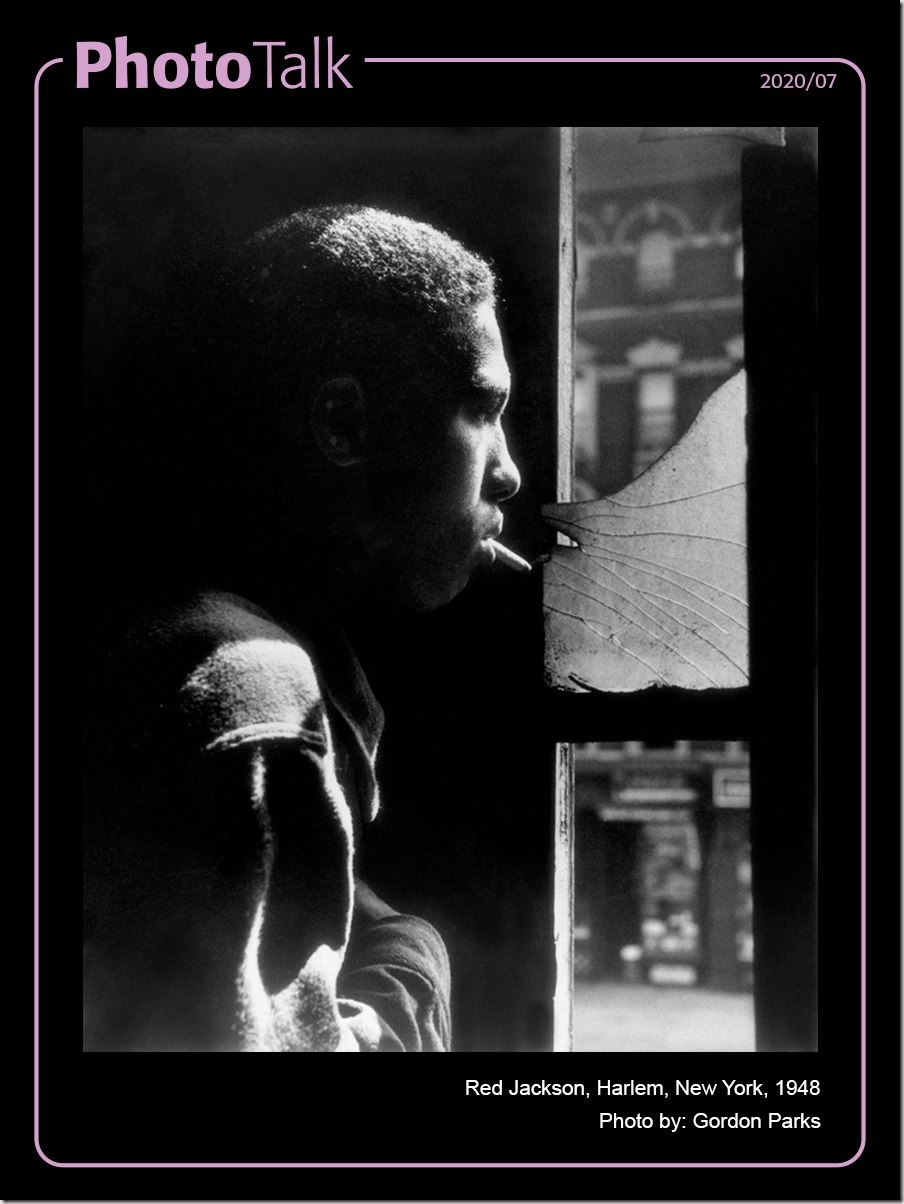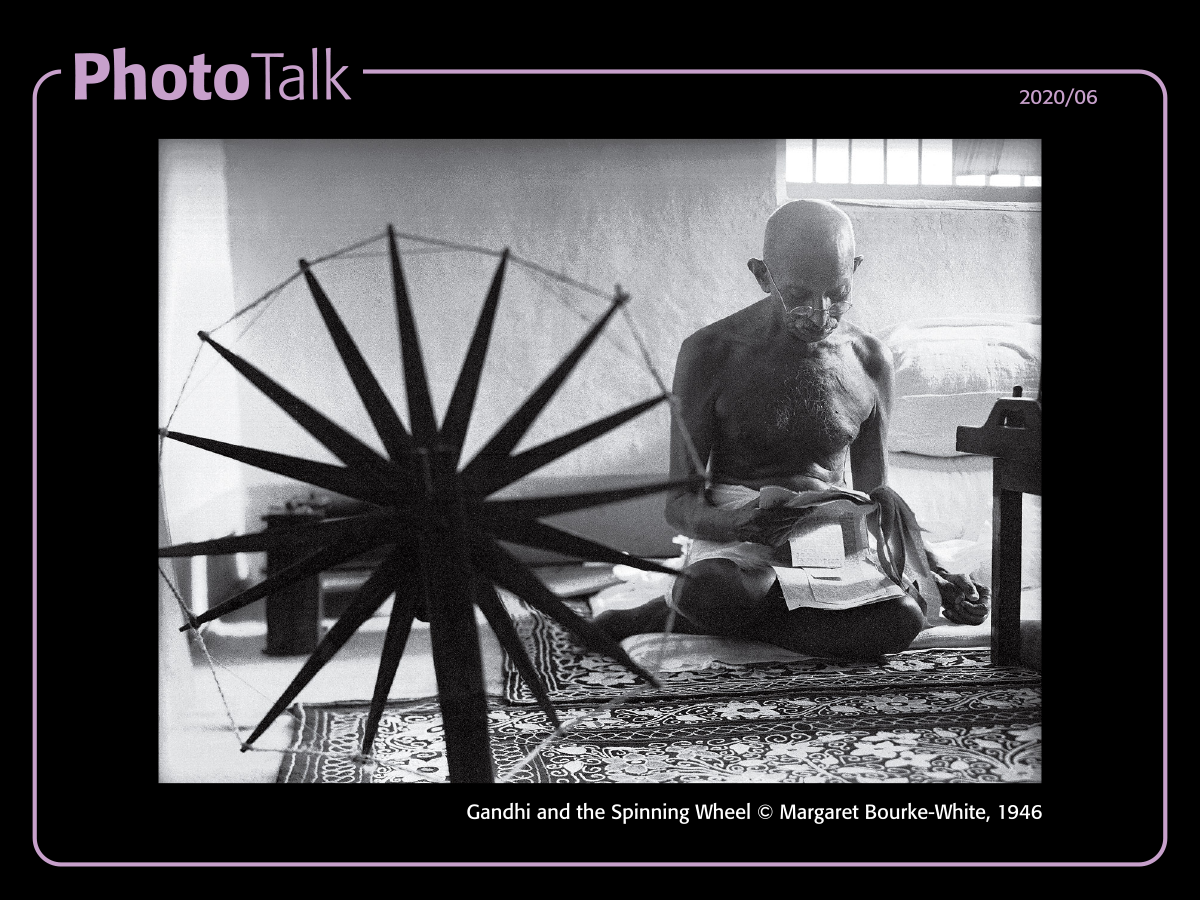PhotoTalk 2020/07

In 2018, I had the privilege to view the Gordon Parks exhibition at the National Gallery in Washington D.C.
It was the only photography exhibit (if I remember correctly), and this is in a Gallery with some of the most astounding works of art from different eras. There is no doubt that Park’s work deserved to be there. I first learned about his work through the YouTube channel ‘The Art of Photography’ which is run by Ted Forbes, but to witness his work first hand was quite an experience.
I will not give you a biography about Gordon Parks since you can easily find that information online. What I want to do here is discuss the importance of photography. Each photographer has a reason for taking photographs – some practice as a hobby, others risk their lives to tell stories that would otherwise never reach the world had it not been for their passion and determination, and there’s everything in between.
I’m usually curious as to what stories photographers want to tell through their images, what they wish to achieve, what do they wish to portray?
Feel free to share in the comments below.
Now, let’s get to the image shown – the title is Red Jackson, Harlem, New York 1948. Gordon Parks spent a few weeks documenting the life of a Harlem gang leader, Red Jackson, and the photos were featured in a photo essay in Life magazine in 1948. Without getting into much detail, Parks told a story with his unique artistic style, of life in Harlem during that period. It’s now preserved as part of history, and something current generations can still access and learn about. Not only was he a photojournalist, but he was an artist and pioneer. I believe there is honesty and intimacy in Parks’ work because of the relationship he had with his subjects and the communities he photographed, and his artistry helps to deepen the connection between the viewer and his images.
What relationship do you have with your subjects as a photographer? Why do you believe your work is important to you or others? Let’s get the conversation going and deepen our connection with photography and art.
For more information and photos by Gordon Parks:
http://www.gordonparksfoundation.org/
https://www.youtube.com/watch?v=bdP4DPfNZ9w
Aside from the main image, I took the liberty of sharing some photos I took of the Gordon Parks Exhibit at the National Gallery in Washington D.C. in November, 2018.




Thanks for joining in.
Darrell Carpenay.
The original post by Darrell Carpenay was posted to the Guyana Photographers’ Facebook Group on April 5th, 2020. The original comments and discussion can be see in that post.







